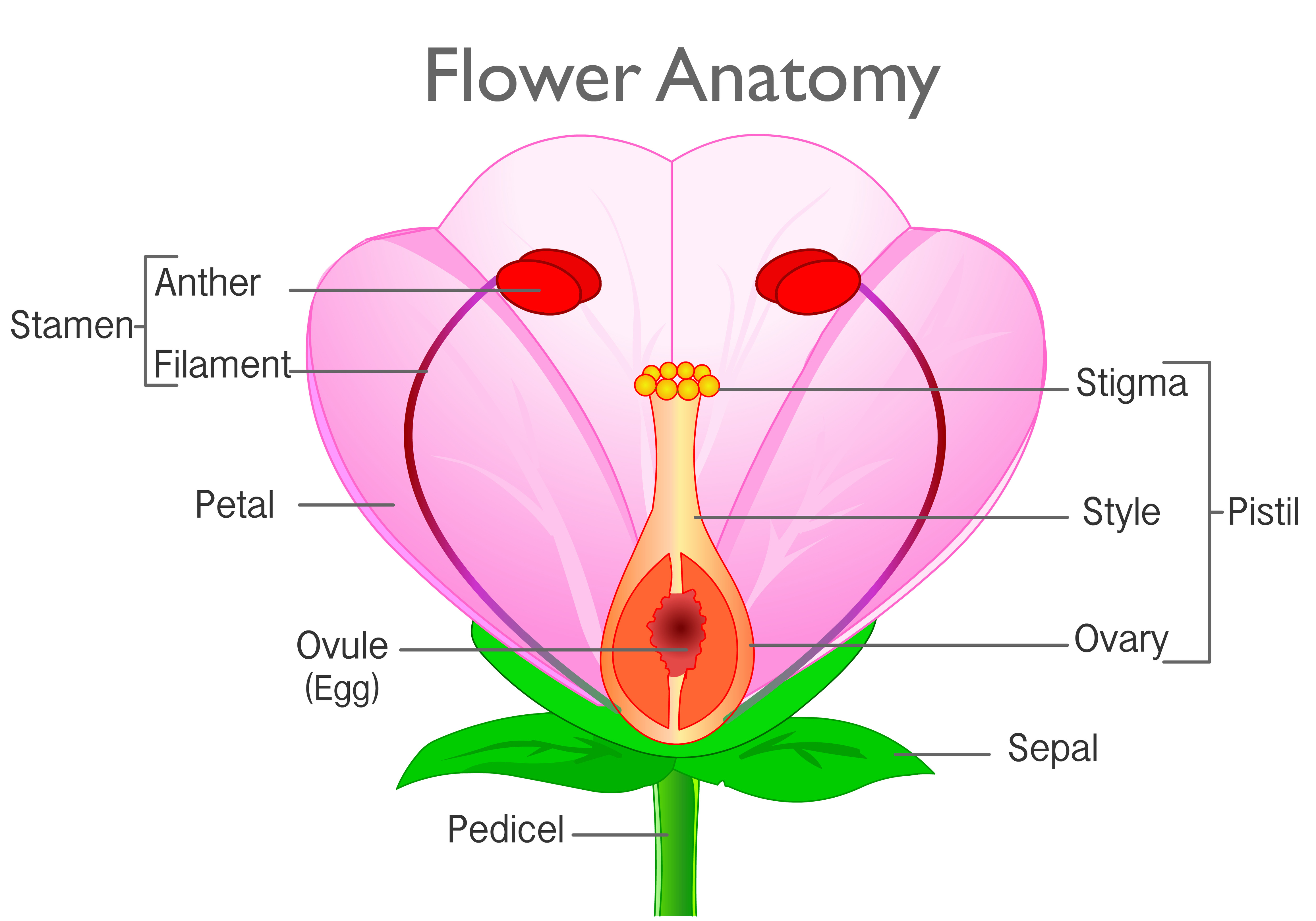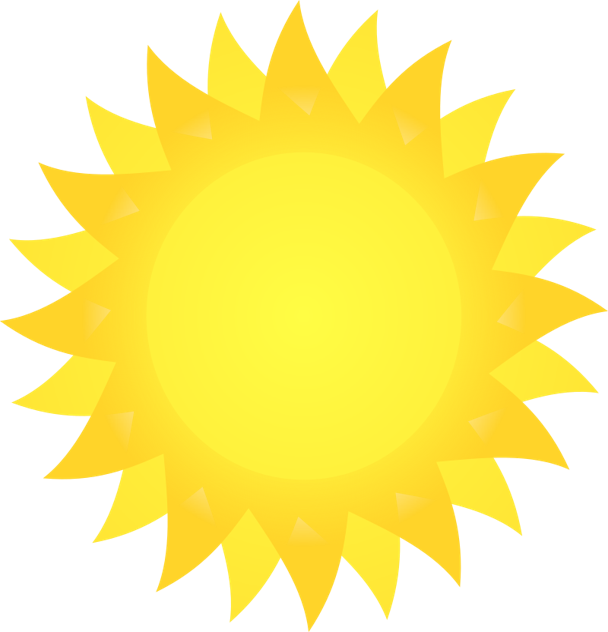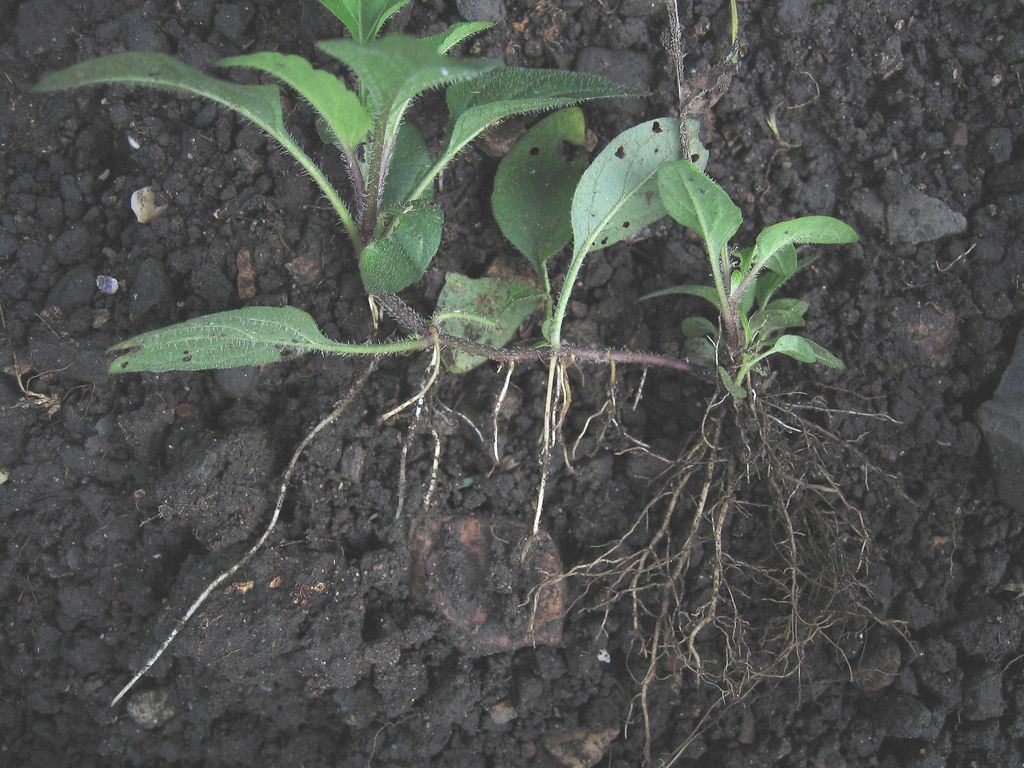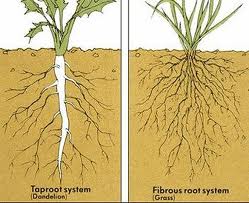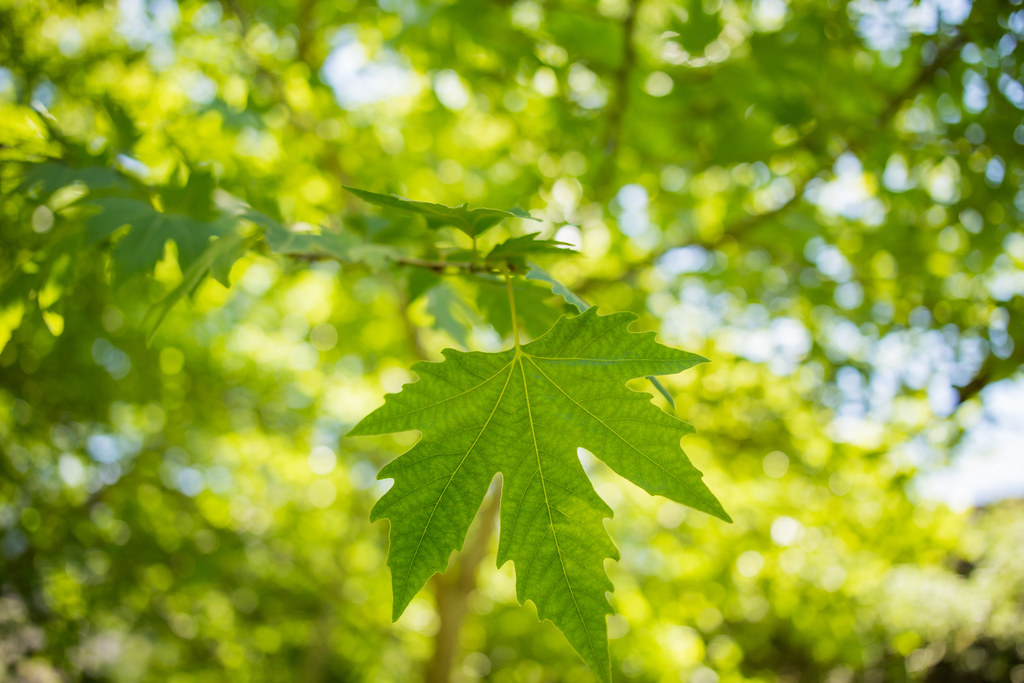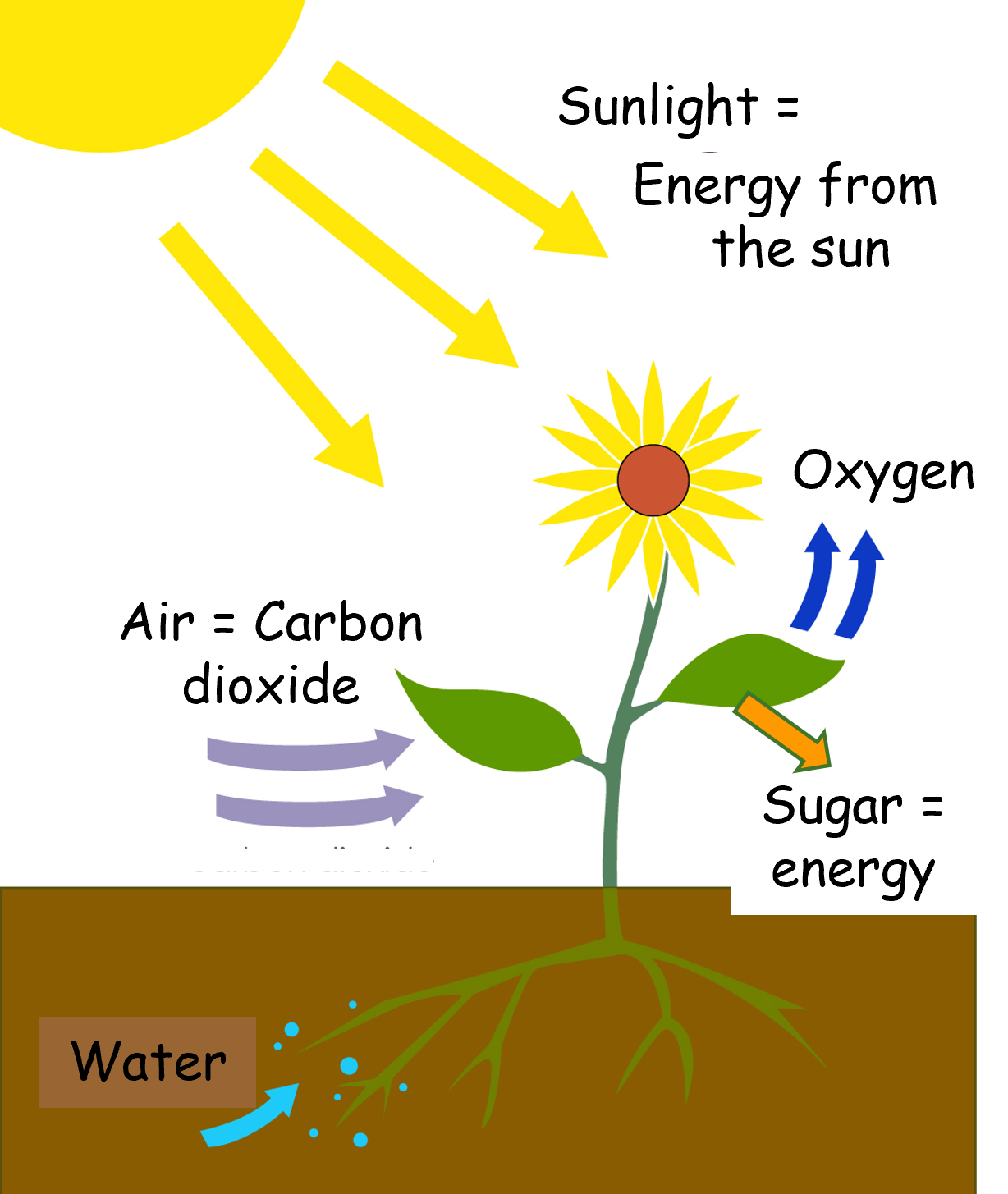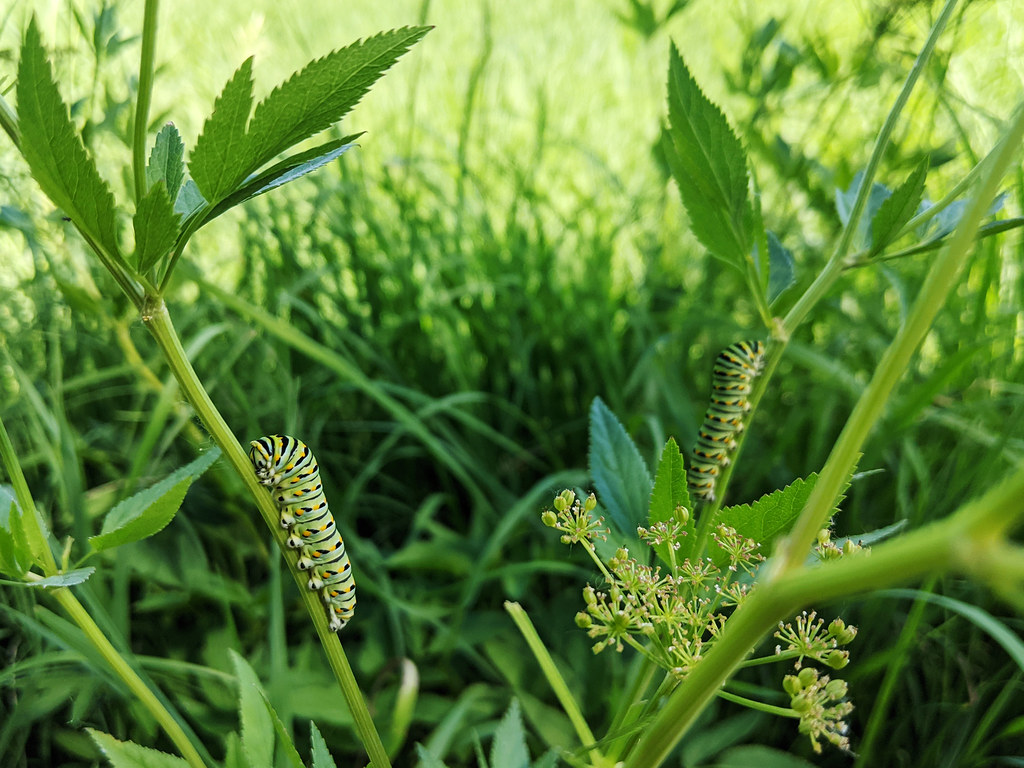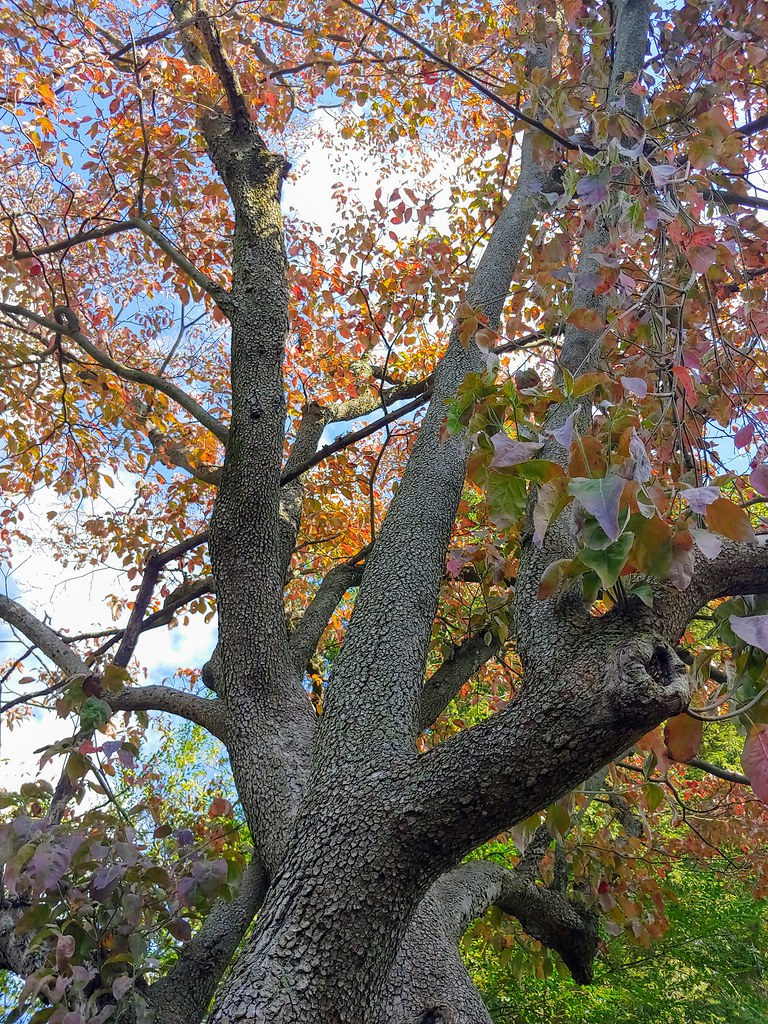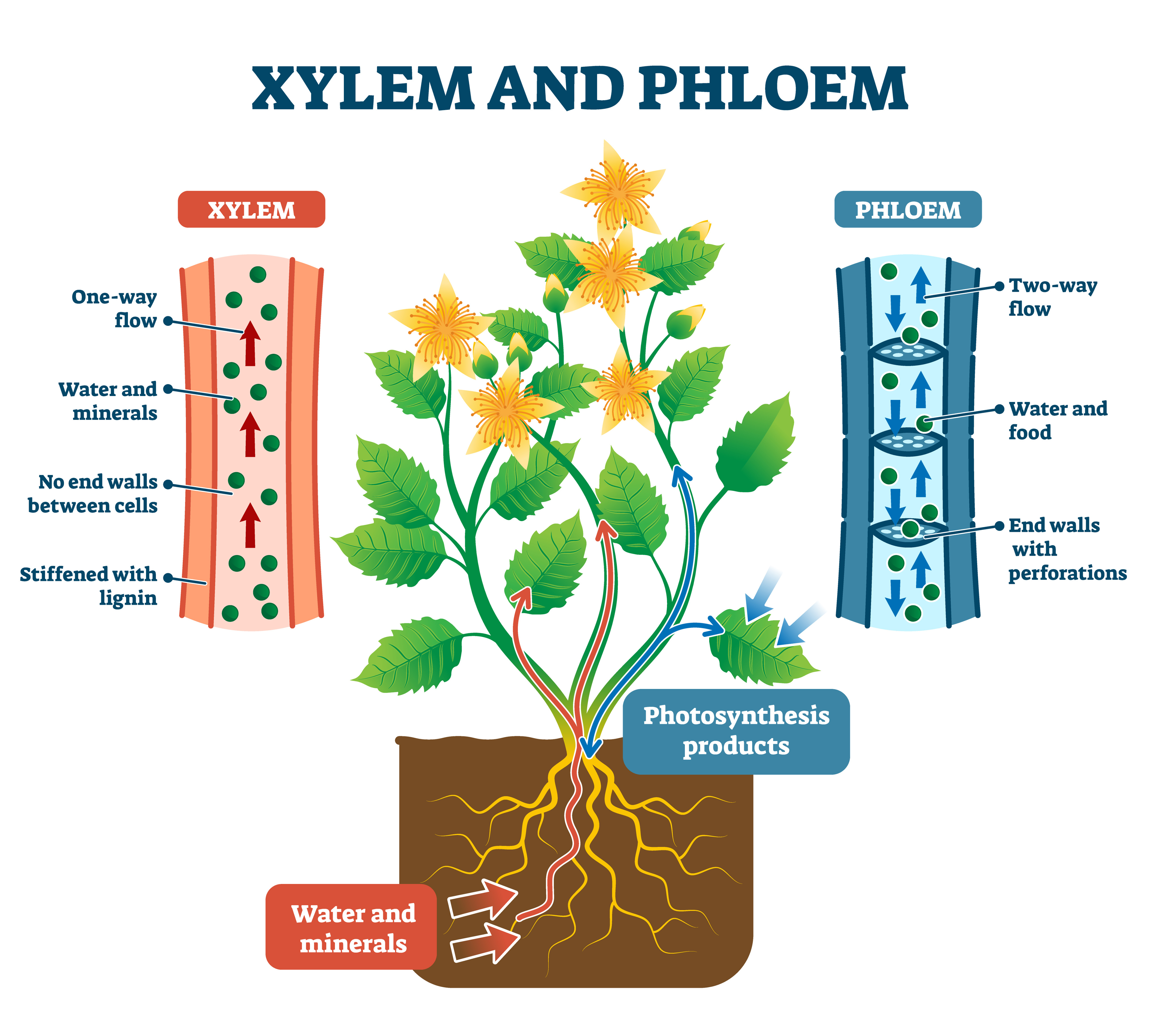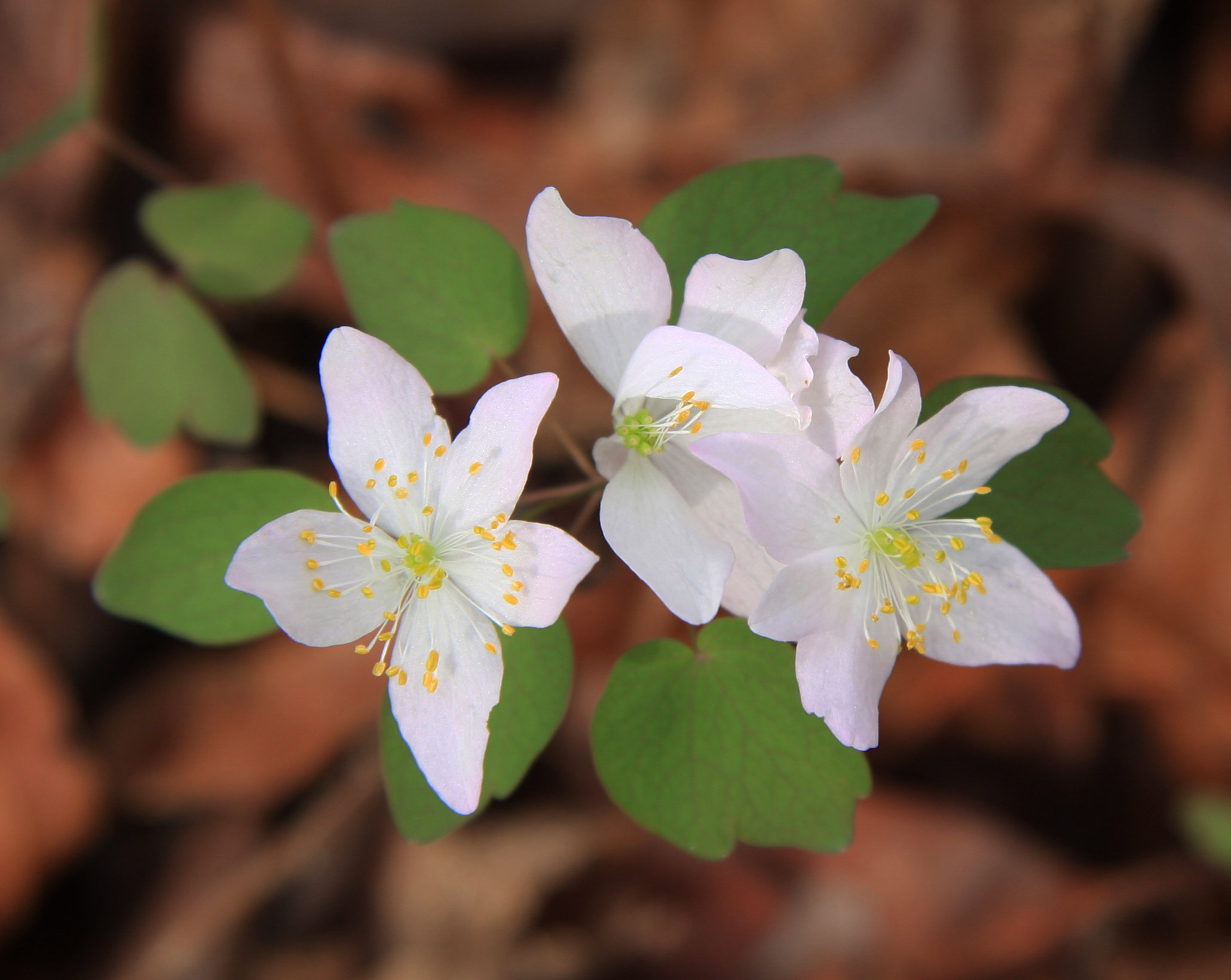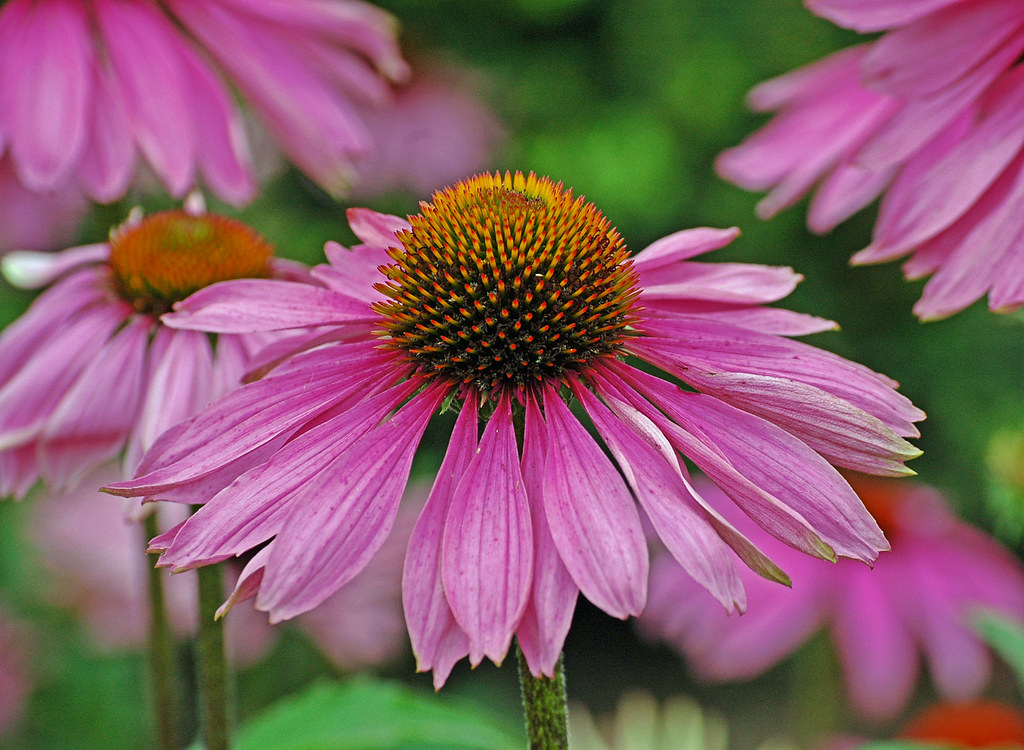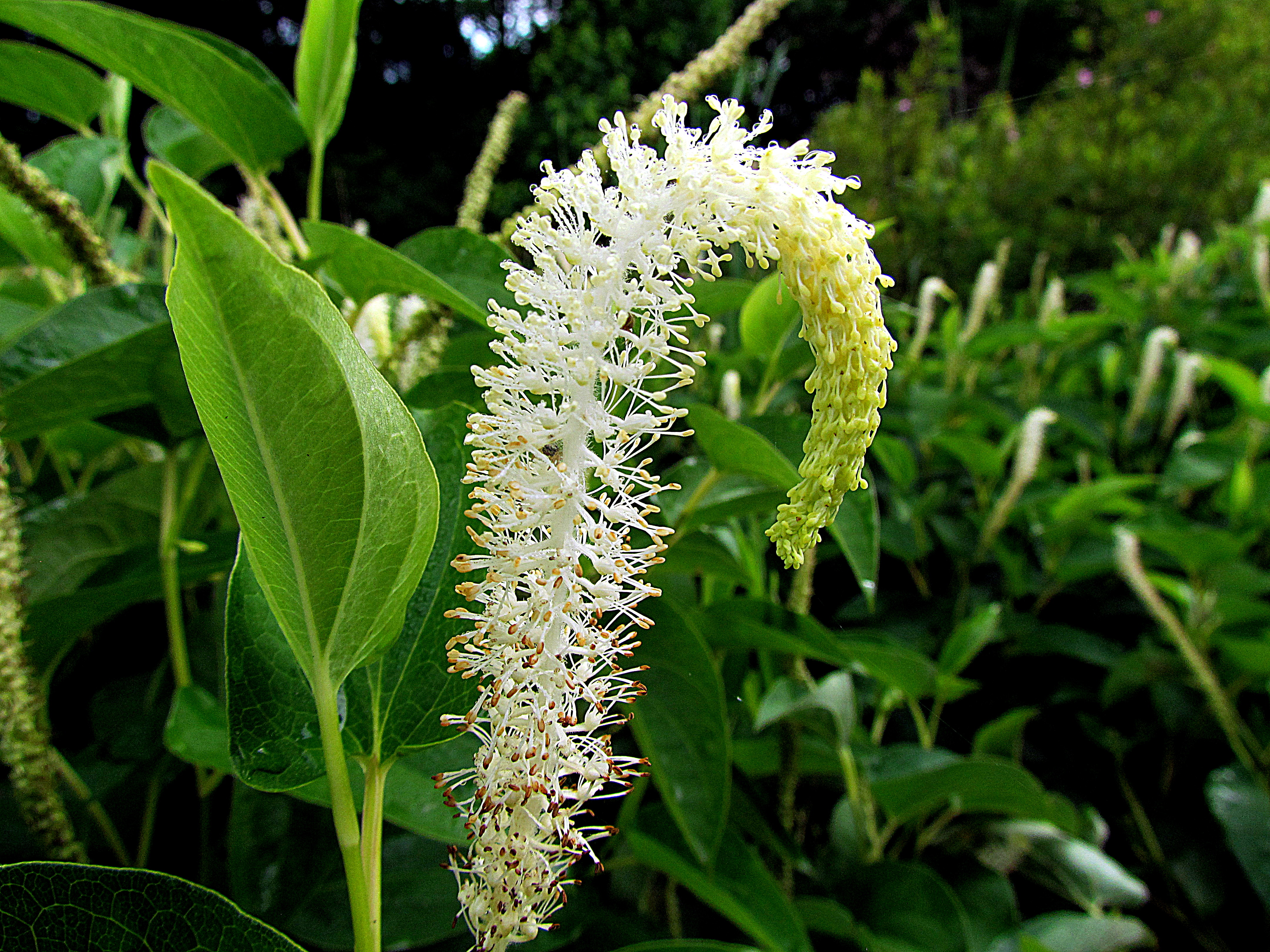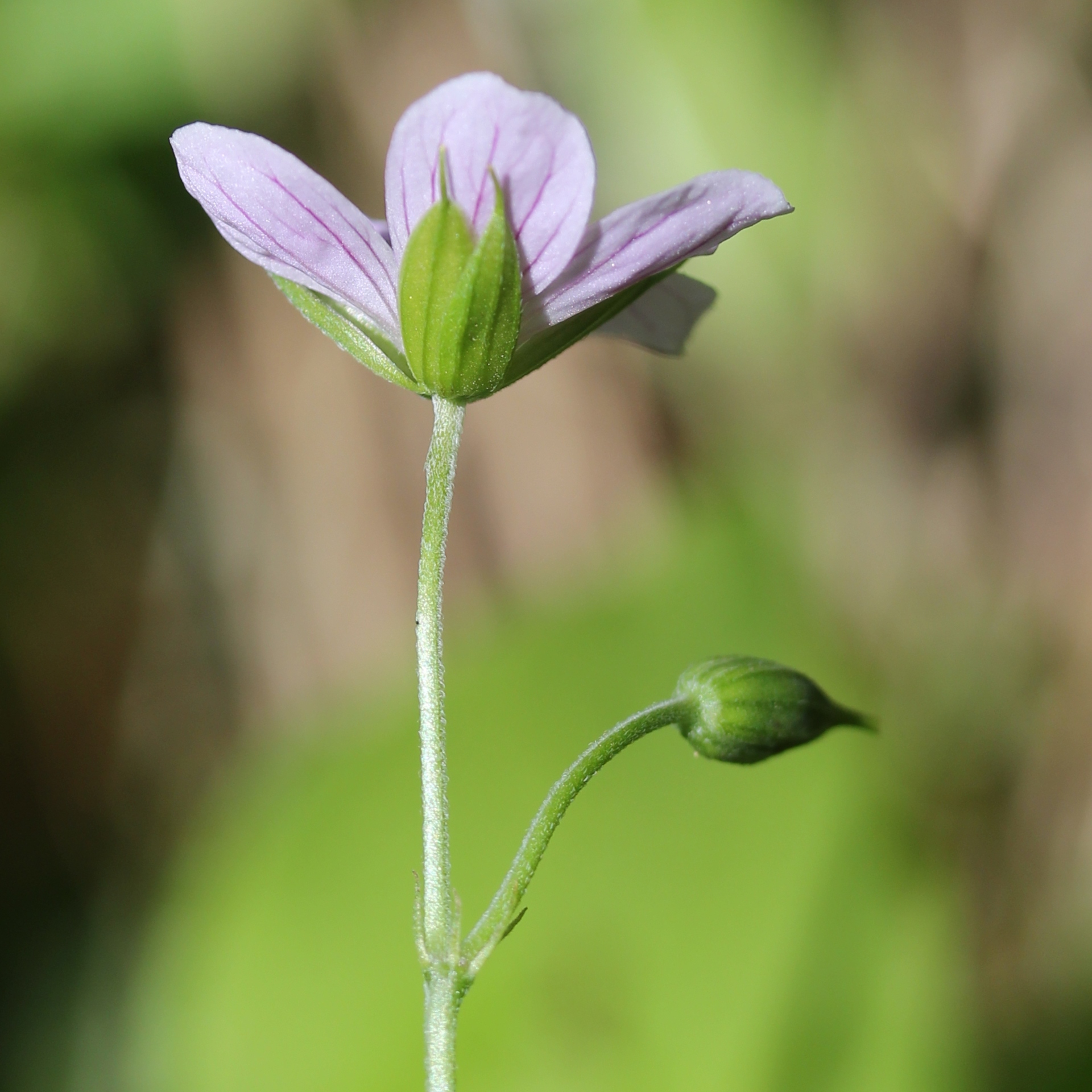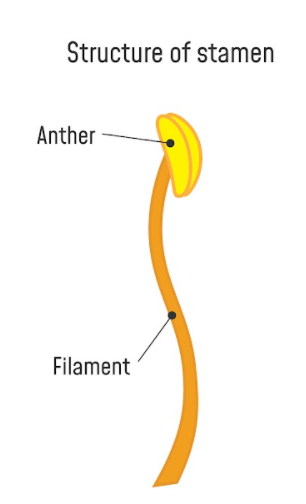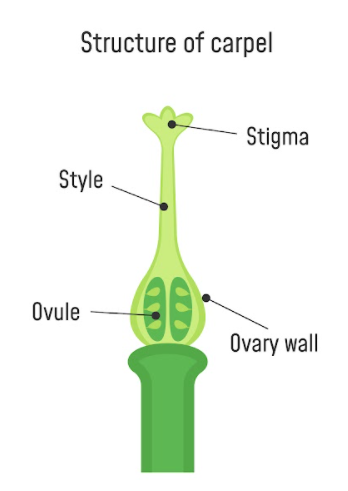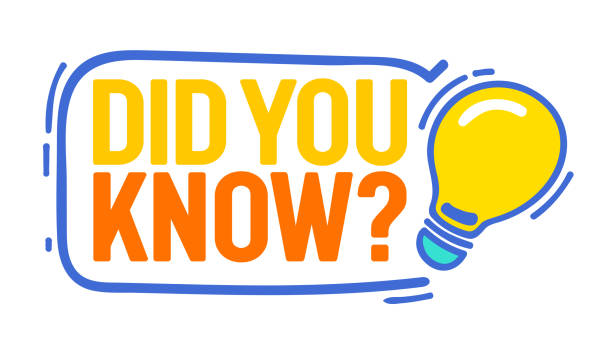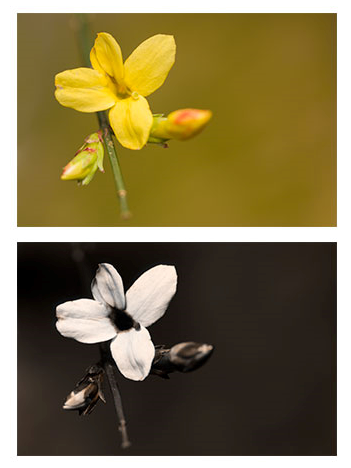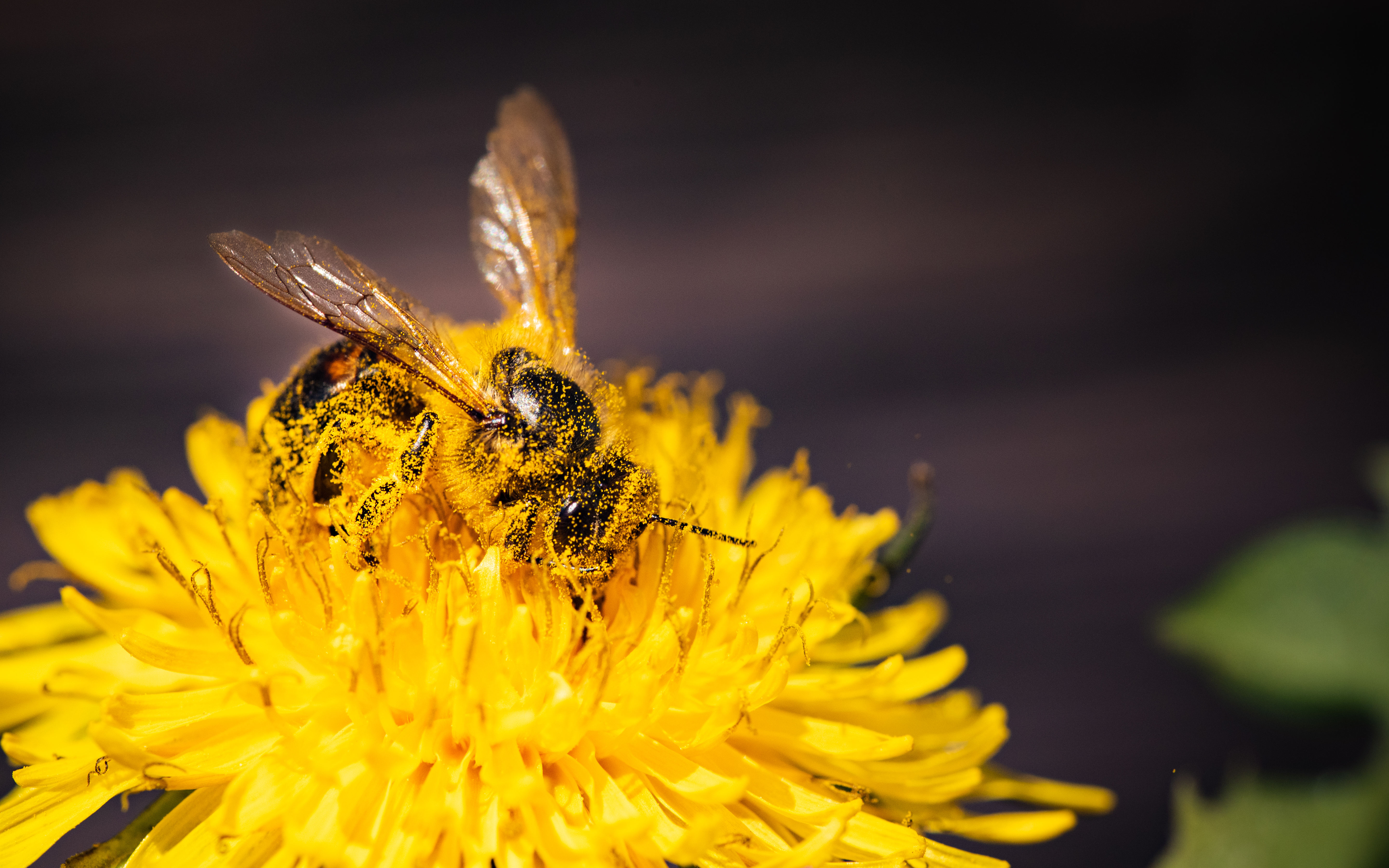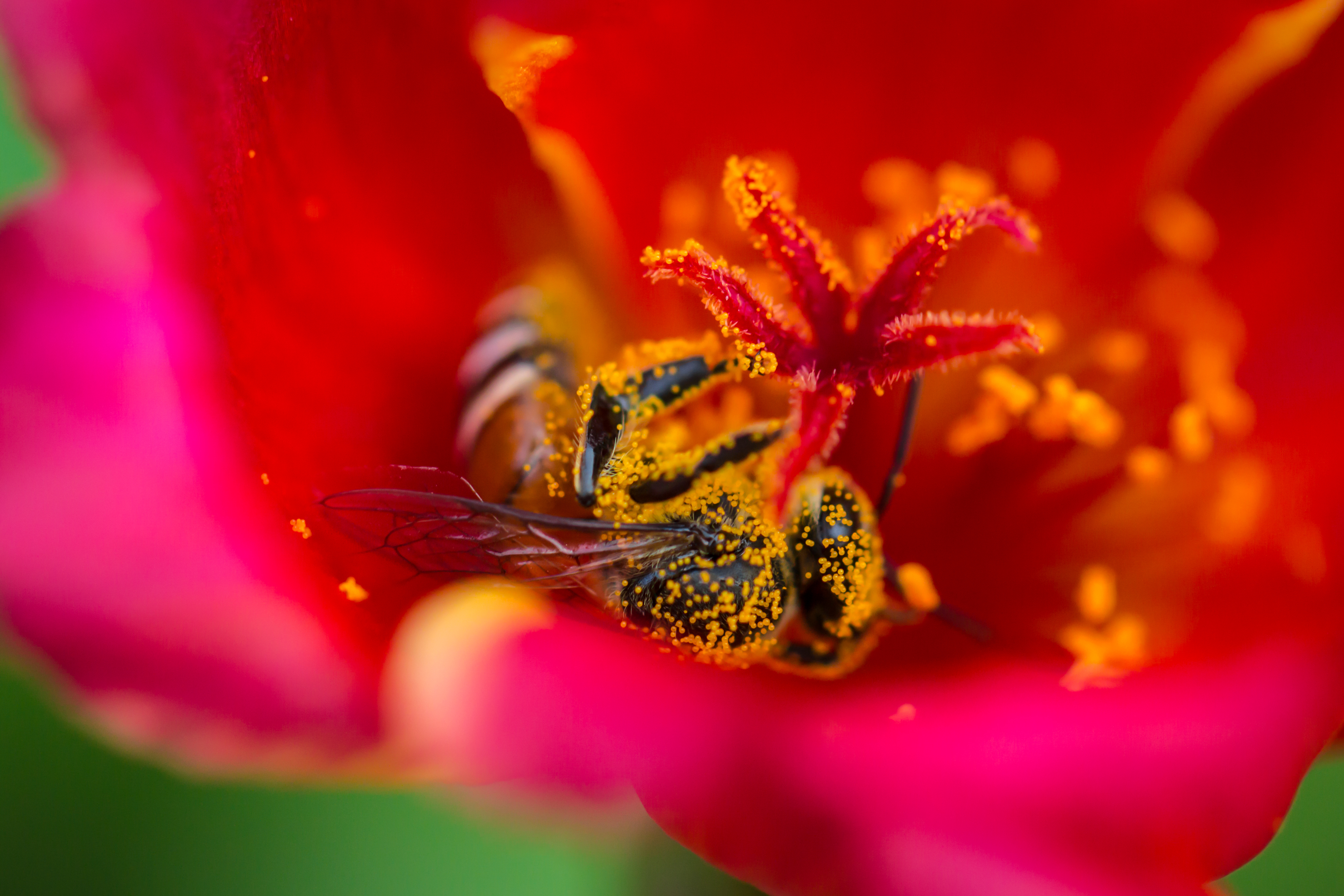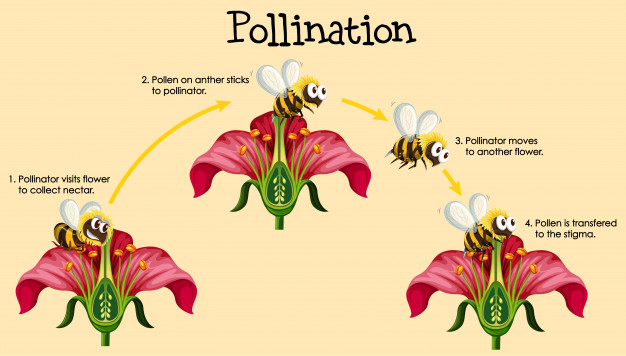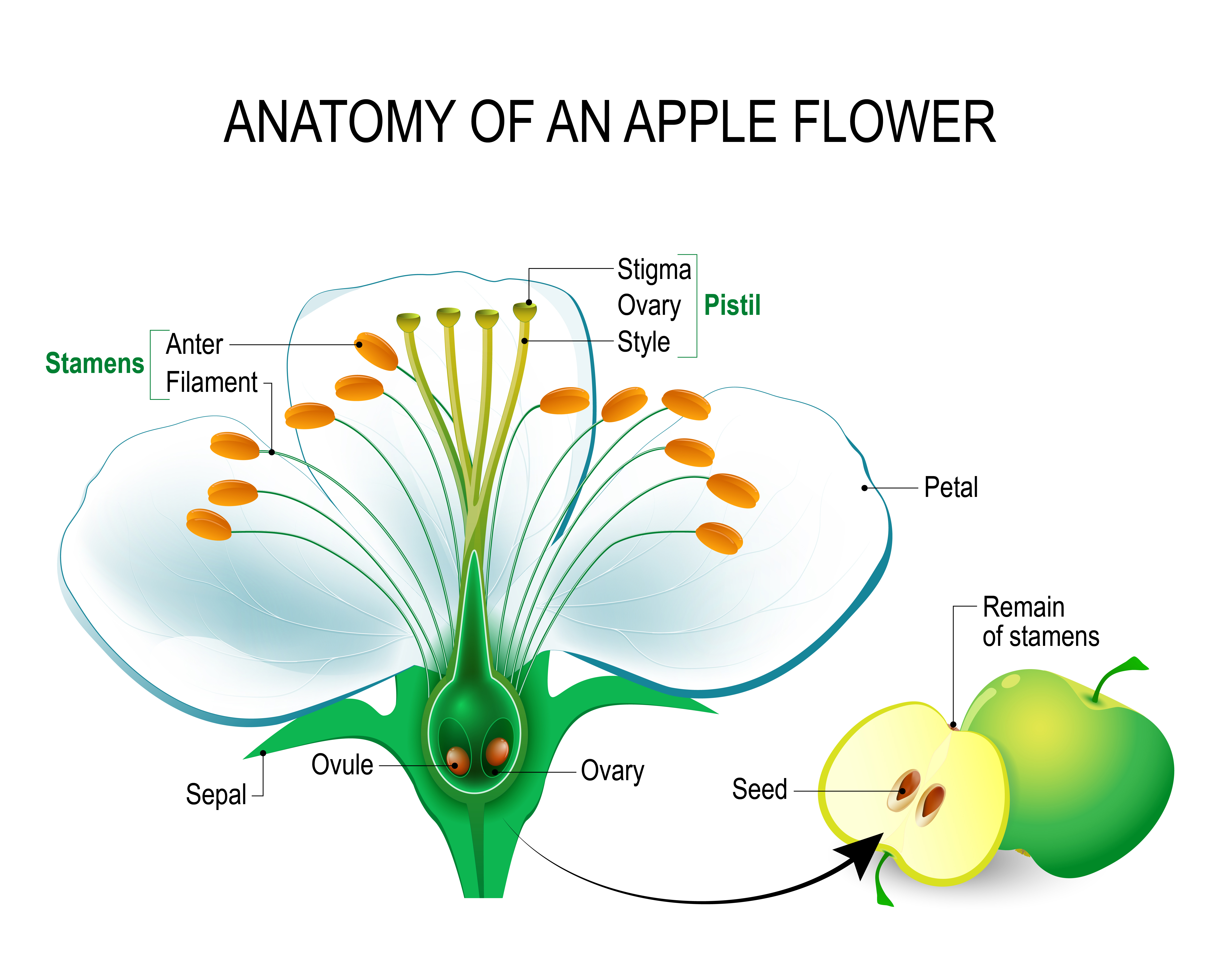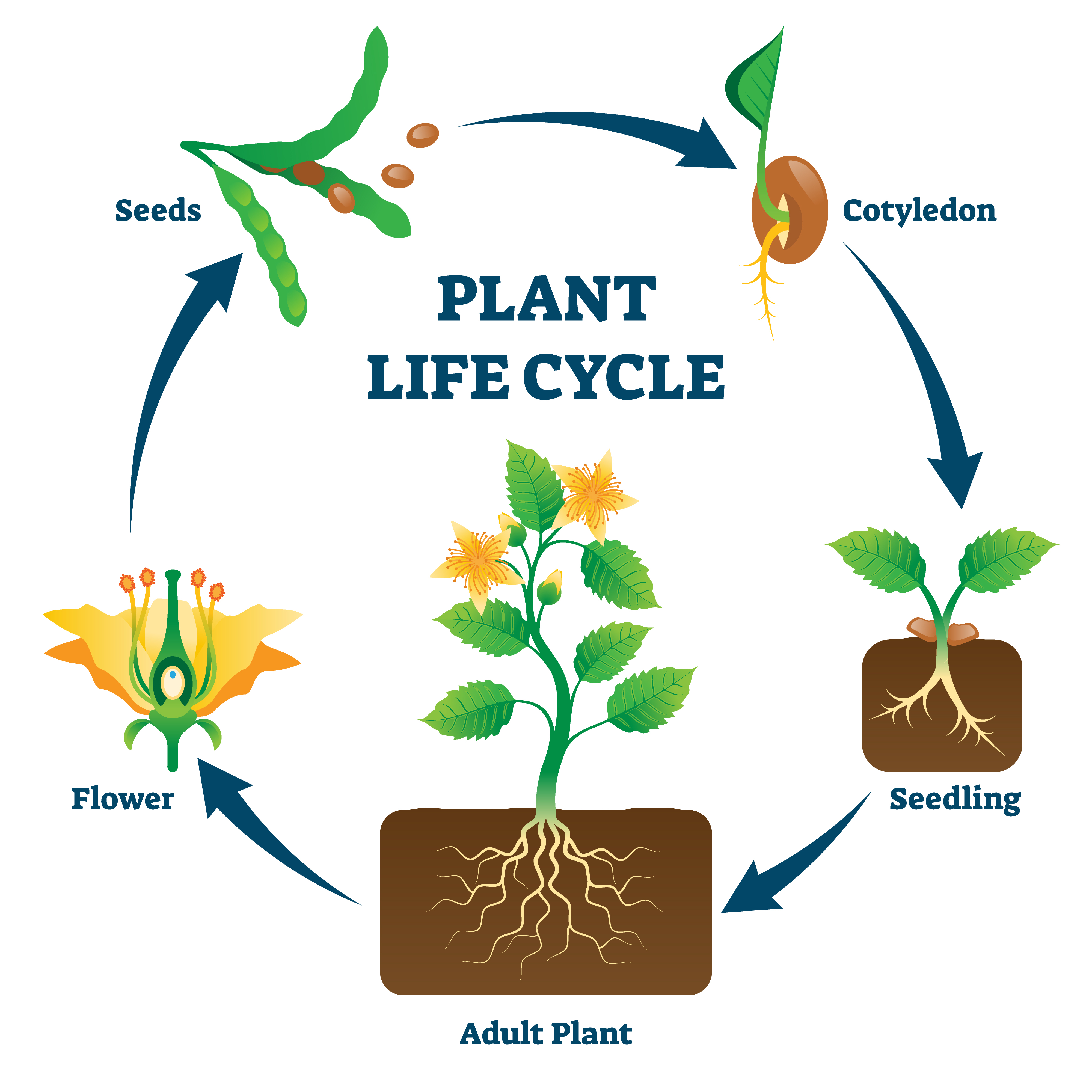Elementary Ecosystem Investigation: Plant Anatomy
*Click Here for Upper Grades (6-12) Version*
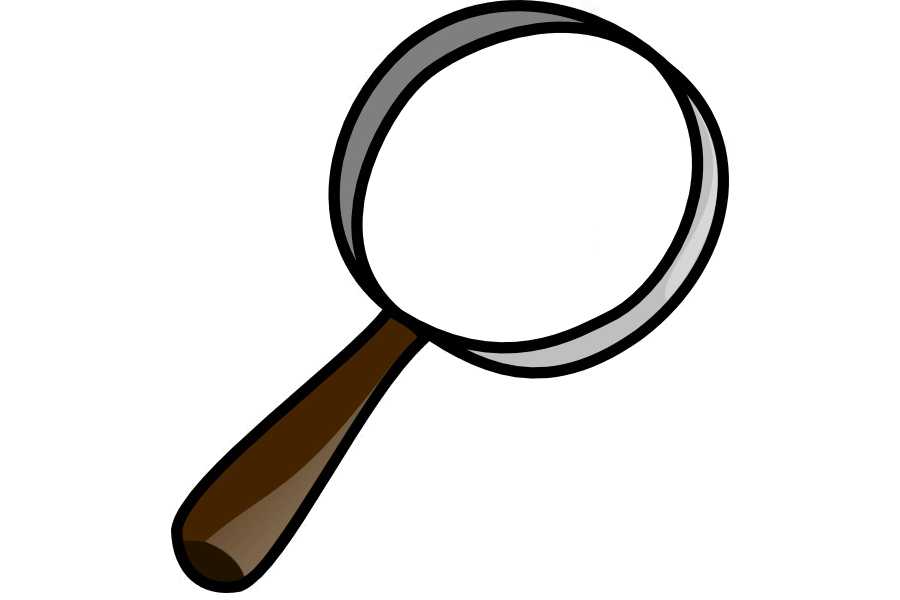 Investigate Plant Anatomy
Investigate Plant Anatomy
Plant anatomy relates to the structures and systems of plants that allow them to survive, grow, and reproduce. Each structure has a specific function to help the plant survive in its environment.
INFORMATION SOURCES
.
 Investigate Plant Anatomy
Investigate Plant AnatomyPlant anatomy relates to the structures and systems of plants that allow them to survive, grow, and reproduce. Each structure has a specific function to help the plant survive in its environment.
| Click on the topics below to learn more! | |||
| Plant Structures and Functions | Parts of a Flower | Pollination Process and Seed Formation | Plant Life Cycle |
| Flowers are made of many parts, each with a specific funtion that helps the plant with the reproduction process. |
|
Adobe Stock
Click on image to enlarge it |
Sepals and Petals:
|
Flower Petals and Sepals
Wikimedia - Alpsdake Click on image to enlarge it |
|
Stamen:
|
Adobe Stock
Click on image to enlarge it |
|
Pistil:
|
Adobe Stock
Click on image to enlarge it |
|
|
Nectar Guides (on bottom photo)
Wikimedia - Dave Kennard Click on image to enlarge it Click here to view a presentation about pollinator vision and how they perceive color.
|
|
INFORMATION SOURCES
|
|
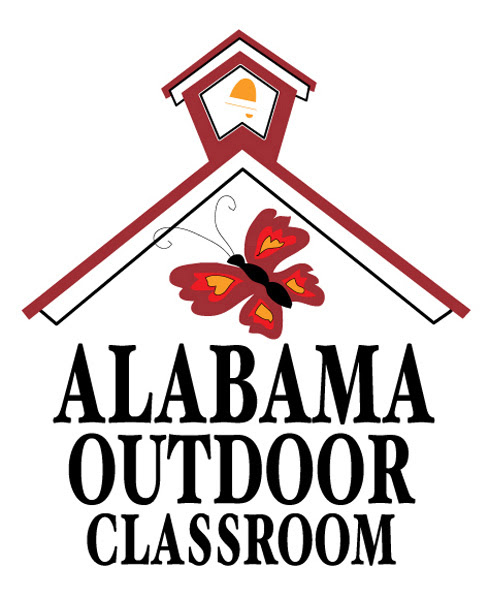 |
|
 Wildlife Tag
Wildlife Tag
